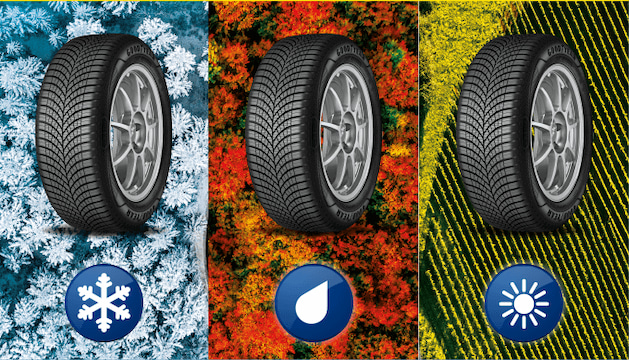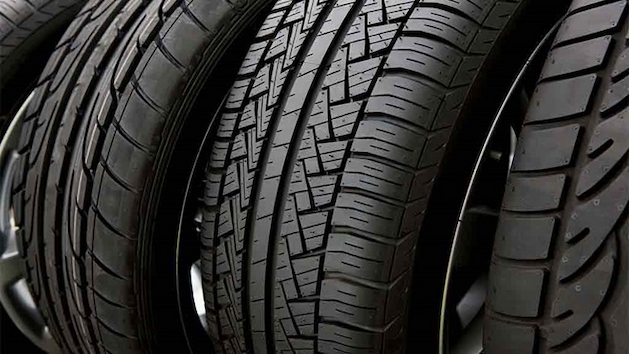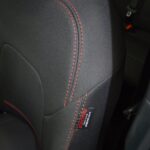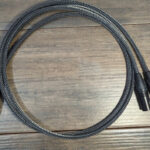Tires may not be the first thing that comes to mind to most people when thinking of important car parts, but they are – especially since they are the ones that are in direct contact with the ground throughout the driving. Whether it’s getting the input from the steering wheel, braking or accelerating, tires are the very medium that translates the commands you give during the driving, making them crucial both for performance and safety.
Now, when it comes to shopping, you can easily get overwhelmed with all the different options available, and for that you can check out our guide to types, benefits and buying considerations. In this text, however, we’re going to focus on one other important bit, which is the distinction between all-season and all-weather car tires. These aren’t terms you should use interchangeably because they’re not one and the same.
Should I Get All-Weather Tires or All-Season Tires?
While both are solid options, there are different factors that determine which you should choose. From the climate and weather conditions to the road surface you’d be using them on, it all plays its part on the purchase.
All-Weather Tires
Overall, this is the better choice year-round because of the special tread pattern which consists of thicker tread blocks for better grip, with grooves and sipes to get rid of slush and water. This specifically makes these tires for great driving performance year-round, including during winter time (if it’s mild), and driving through wet roads with heavy rain and snowfall that melts quickly.
While they’re perfect for use all year long, as they work well in temperatures both above and below 7°C, in some cases with particularly harsh winters as are present in some parts of Canada, you might have to consider switching to specialized winter tires with superior grip for severe ice and snow. But again, it depends on the rating and where you live; rest assured, though, all-weather tires have been tested for traction in winter conditions to get the approval. If the all-weather tires have the 3PMSF (3-peak mountain snowflake) rating, then they qualify as winter tires.
All-Season Tires

With typical small and low tread blocks, these car tires can reduce road noise, and they’re your go-to choice for spring, summer and autumn. In winter, however, the channels can clog with snow, which can make them slippery and unsafe for you and others in traffic.
The control they offer in warmer temperatures, above 7°C, tends to drop as the temperatures drop because of the hardening of the rubber. As a result, this increases the stopping distance too. Keep this in mind when shopping, and if you’re set on these tires for year-round use look for additional labels like all-weather and winter approval. This could be indicated through the M+S rating for traction through mud and snow.
Additional Comparisons
When it comes to the traction and handling, both auto tires offer great results with the braking, cornering, as well as acceleration on both wet and dry roads. However, the all-season is specifically ideal for warm weather temperatures because of the rubber it’s made from, and while both offer traction in snow, all-weather does it better.
In terms of comfort, they do offer quiet and comfortable rides, yet due to the specifics of the tread patterns of the all-weather, they make for the quieter and overall more comfortable rides. Which you pick, again, comes down to where you live and the climate at the location. If going through rugged roads and facing more severe winter weather, the all-weather is the go-to choice. If going through hot summer roads and facing mild climate, the all-season are suitable.
Maintenance and Longer Lifespan Tips
To ensure either choice lasts long, you need to get in the habit of driving smoothly, and avoid harsh and aggressive braking or accelerating as both are known to cause wear. Smooth drives are advised with reason – they distribute the wear evenly and reduce the stress on the rubber.
If seasons are particularly marked, and winters are harsh, you may have to upgrade to specialized winter tires for the winter months to protect the all-season or all-weather tires from the severe temperatures and conditions. Checking in with the manual on tire rotation is another must, as it too is a practice that helps with prolonging lifespan and preventing premature wear of your automotive tires.
Also, proper wheel alignment is another aspect to keep an eye on as imbalance can add to uneven wear and affect your car’s efficiency, reflecting badly on fuel efficiency. In case of vibrations, this could be a sign of imbalance and need for rotation. Lastly, getting in the habit of checking for signs of damage and tear regularly, like cuts or uneven wear on the tread, is a must to ensure your safety on the road.


